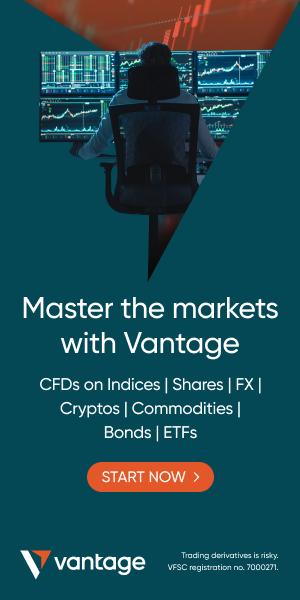Forex trading, or foreign exchange trading, is the global marketplace for buying and selling currencies. It operates 24 hours a day, five days a week, making it one of the most liquid and accessible markets in the world. Whether you’re looking to trade for profit or hedge against currency risks, understanding the basics is crucial for success.
What is Forex Trading?
Forex trading involves exchanging one currency for another at a set price. Traders speculate on currency price movements to make a profit. The forex market includes major financial centers like New York, London, Tokyo, and Sydney, and is decentralized, meaning there is no single exchange or governing body.
Key Participants in the Forex Market
- Retail Traders – Individuals trading through brokers or online platforms.
- Banks & Financial Institutions – Major players that facilitate large transactions.
- Hedge Funds & Investment Firms – Trade forex to manage risks and generate returns.
- Governments & Central Banks – Influence currency values through monetary policies.
- Corporations – Conduct forex transactions for international trade and business operations.
Understanding Currency Pairs
Forex trading is conducted in currency pairs, such as EUR/USD (Euro/US Dollar) or GBP/JPY (British Pound/Japanese Yen). The first currency in the pair is the base currency, and the second is the quote currency. When you buy a currency pair, you are buying the base currency and selling the quote currency.
Types of Forex Pairs
- Major Pairs – Includes the most traded currencies like EUR/USD, GBP/USD, USD/JPY.
- Minor Pairs – Less commonly traded pairs that don’t include the USD, such as EUR/GBP.
- Exotic Pairs – Combinations of major currencies with emerging market currencies, like USD/ZAR.
How Forex Trading Works
Forex trading takes place in lots, which represent a standardized amount of currency.
- Standard Lot – 100,000 units
- Mini Lot – 10,000 units
- Micro Lot – 1,000 units
Trades are executed using leverage, which allows traders to control large positions with a small amount of capital. However, leverage increases both potential profits and risks.
Common Forex Trading Strategies
- Scalping – Making quick trades for small profits.
- Day Trading – Entering and exiting trades within a single day.
- Swing Trading – Holding positions for several days to capitalize on market swings.
- Position Trading – Long-term trading based on fundamental analysis.
Essential Forex Trading Terms
- Pip – The smallest price movement in a currency pair.
- Spread – The difference between the bid and ask price.
- Margin – The amount required to open a leveraged position.
- Stop-Loss – A risk management tool that closes a trade at a predetermined price.
Risks of Forex Trading
Forex trading carries risks, including market volatility, leverage-induced losses, and geopolitical factors. It’s essential to use risk management tools like stop-loss orders and never invest more than you can afford to lose.
Getting Started with Forex Trading
- Choose a Reliable Broker – Ensure they are regulated and offer good trading conditions.
- Open a Demo Account – Practice trading without risking real money.
- Develop a Trading Plan – Define your strategy, risk tolerance, and goals.
- Keep Learning – Stay updated with forex news, technical analysis, and trading strategies.
Conclusion
Forex trading offers exciting opportunities for traders of all levels. By understanding the fundamentals, practicing responsible trading, and continuously learning, beginners can build a strong foundation for long-term success in the forex market.


